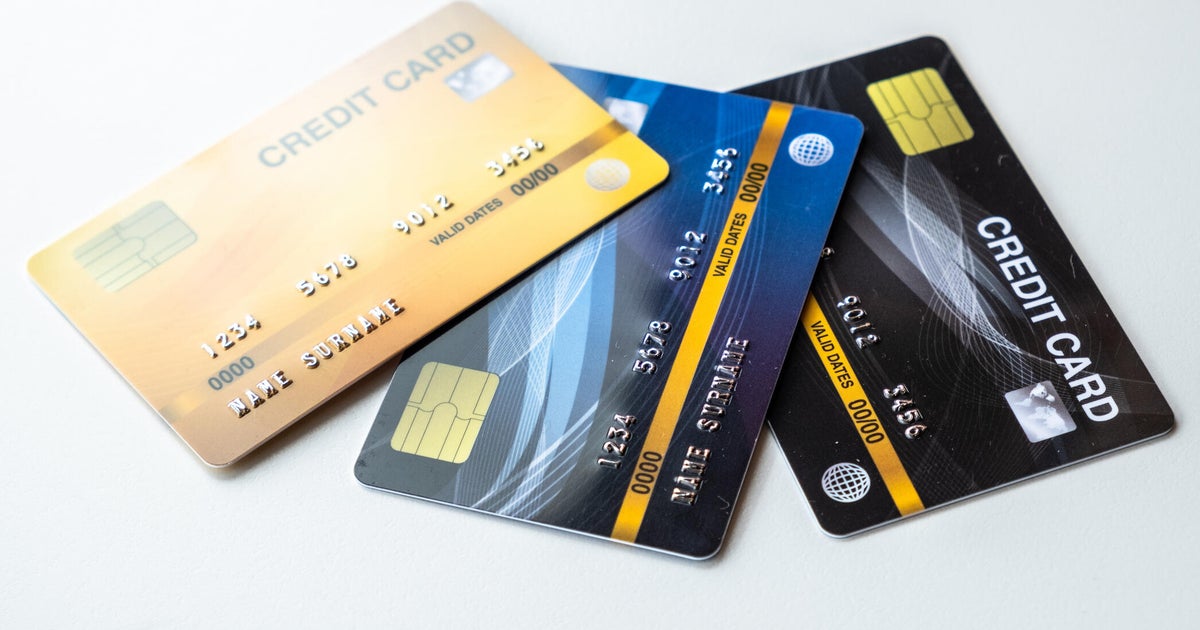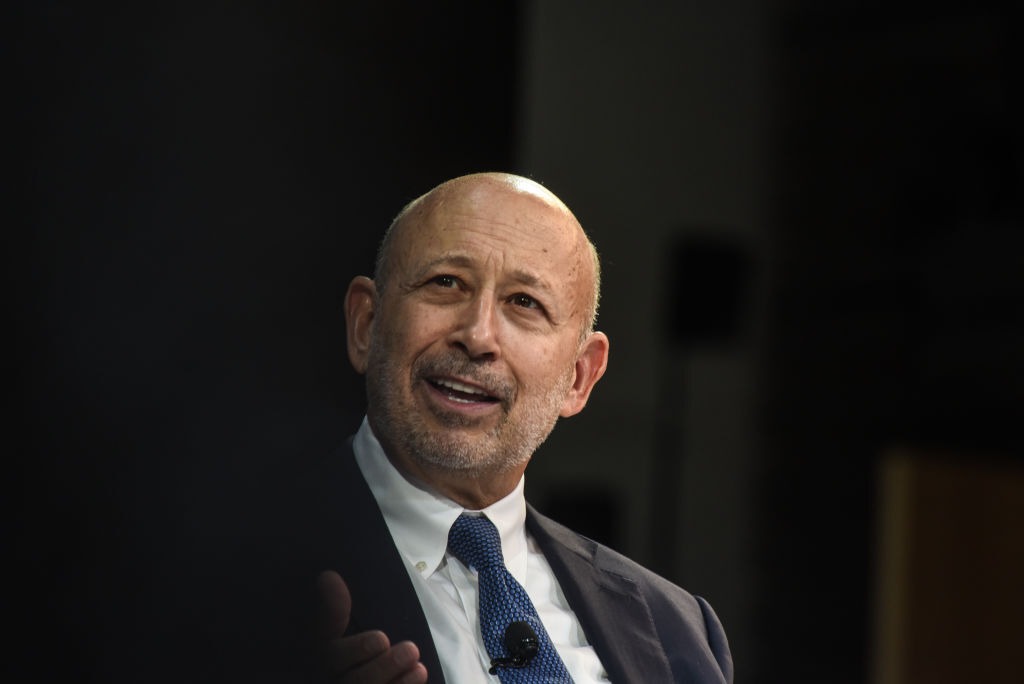How will the U.S. pay for $2 trillion coronavirus stimulus package?
President Donald Trump on Friday afternoon signed a $2 trillion stimulus deal aimed at softening the economic impact of the novel coronavirus. That's a whole lot of money, especially if you're among the 83% of Americans who told Peterson Foundation pollsters last year that politicians should try to lower the U.S. debt.
Yet a growing number of economists and other experts think that, at least for now, the nation's debt isn't a problem. Even the Peterson Foundation, which has long argued for paying down public debt, recently came out in favor of federal stimulus spending to fight the coronavirus recession. So, too, has Kenneth Rogoff, the Harvard economist who in 2009 co-wrote a seminal history of financial collapses that warned about the risks spiraling national debt.
"We are in a war," Rogoff told CBS MoneyWatch this week. "The whole point of not relying on debt excessively in normal times is precisely to be able to use debt massively and without hesitation in situations like this."
Here's what you should know about where the stimulus money will come from — and whether America can afford it.
Q: Will the U.S. Treasury Department have to print $2 trillion in dollar bills to pay for the stimulus?
A: Not exactly. Treasury doesn't have to print all those greenbacks because it can simply borrow the $2 trillion from investors by selling U.S. government bonds. The money that investors use to buy the bonds could come from their cash accounts, but more likely it will come from selling other investments, like corporate bonds.
The challenge comes when that $2 trillion Treasury bond sale siphons money away from other essential lending markets, including blue-chip corporate bonds — that makes it more expensive for all kinds of companies and local governments to borrow.
This is where the Federal Reserve comes in. The U.S. central bank has vastly expanded its purchases of various bonds in recent weeks as the coronavirus crisis weighs on the economy and strains our financial system. Last Monday, the Fed publicly called its latest bond buying plans "unlimited." For instance, it is buying at least $300 billion in corporate bonds and other securities tied to assets like real estate and auto loans, propping up their long-term value as investors exit those markets for the presumed safety of government debt.
Q: So where does the Fed get its money from?
A. The Fed doesn't print money. It instead creates digital dollar credits that are as good as cash. Many of those digital dollars will not actually get spent and will be deposited back inside accounts at the Fed or at other banks. But if enough of that money does eventually get withdrawn in order to be spent, then that can conceivably increase the demand for actual dollars. If so, the Treasury may have to increase the supply of dollars.
That's where printing dollars comes in. But in this case, it would likely only amount to a small fraction — if any — of the $2 trillion stimulus.
Q: What will the national debt be including the $2 trillion stimulus?
A: About $25 trillion. The good news is that the $2 trillion in stimulus will initially increase federal debt by only about 9%. The bad news: We already had $23 trillion in debt we've promised to pay off some day. What's more, the U.S. must pay interest on its debt, so the total cost of borrowing the $2 trillion for stimulus will go up over time.
However, with interest rates at historic lows, now is not a terrible time to add more debt. And notably, about $6 trillion of the national debt is money that the government owes to itself. Many economists exclude that amount when calculating how much the U.S. owes, putting the current tab at around $19 trillion.
Q: That's still a lot of money. Can the government really afford to borrow that much?
A: Most economists think so. The longstanding rule of thumb for many economists had been that a country's debt shouldn't exceed 90% of its gross domestic product. Exceeding that threshold would slow the country's growth, or worse, some experts thing. Last year, the country's GDP was $21.7 trillion, putting the government's level of public debt after the stimulus bill at 87%. That sounds close to maxing out.
Or not. Many economists dismiss the idea that the debt topping 90% of U.S. GDP means slower economic growth.
After all, the nation's debt has more than doubled since the 2008 crash — and yet until the coronavirus hit the U.S. was enjoying its longest ever economic expansion. Interest rates, too, have fallen to historic lows, meaning investors believe the U.S. will almost certainly be able to repay what it owes.
David Wilcox, a longtime debt hawk who was one of the Fed's top economists from 2011 to 2018 and is now at the Peterson Institute, said most economists are now looking at total interest payments (which have dropped along with interest rates) as the real test of what we can afford.
The federal government paid $580 billion in interest in its last fiscal year, or about 1.7% of our GDP, according to the Federal Reserve Bank of St. Louis. That was lower much lower than in 1999, when interest payments on federal debt totaled 3% of GDP. Based on that, and even if interest rates were to double from their current lows, the U.S. could afford to borrow as much as $50 trillion.
Q: But that's just what we have to spend on interest. What about paying it back? How long will that take?
A: A really long time. Generally, the way governments pay back debt is by raising taxes or cutting spending. Paying back just the $2 trillion stimulus by raising taxes is a possibility. And reversing the 2017 corporate tax cut would do just that, but it would take a decade to pay back the more than $1.5 trillion in cuts made under that law.
Even so, that ignores the many more trillions in other debt we are carrying, as well as additional debt that piles up each year. The government spent about a trillion more than it got in taxes last year, for instance.
Cutting spending to pay off the debt isn't really an option either. We would have to slash about a quarter of what the U.S. government spends each year just to get back to even. That large a cut in government spending would lead to a recession and, as a result, the need for more stimulus spending.
Nor is there much political support for large spending cuts. "There are no deficit hawks left in Washington," said top Wall Street strategist Edward Yardeni.
Q: Is there any good news here?
A: Yes. A growing number of economists believe the U.S. can hold vastly more debt as long as inflation stays low. And that seems likely to continue.
"There are powerful forces keeping inflation low," said William Gale, a senior economics fellow at think tank Brookings Institute, citing long-terms trends like technology advances and globalization. "That should continue."
That means we can afford to keep spending and hold a lot of debt for much longer than we used to. Before the coronavirus hit, the country's GDP was projected to rise about 2.1% a year. Meantime, interest payments on our debt are estimated to grow about 2% a year. That 0.1% difference in excess GDP translates into about about $20 billion more in revenue a year to pay off the national debt.
At that rate, we will pay down about $1 trillion in debt every 30 years. That's a long time, but that may be enough.
"As long as the GDP grows faster than interest payments we should be just fine," said Wilcox, adding: "And this is from a guy who has long put the size of the U.S. debt as one of his biggest worries."





